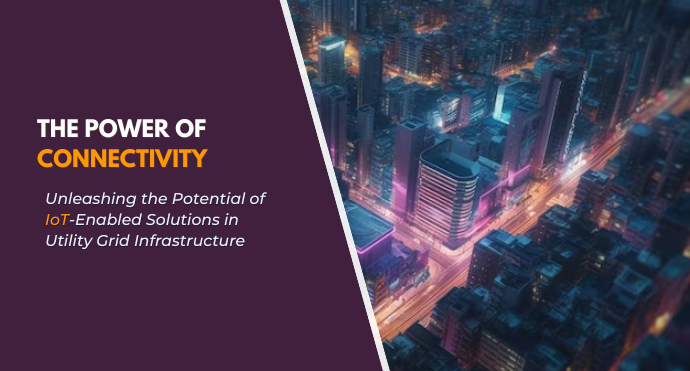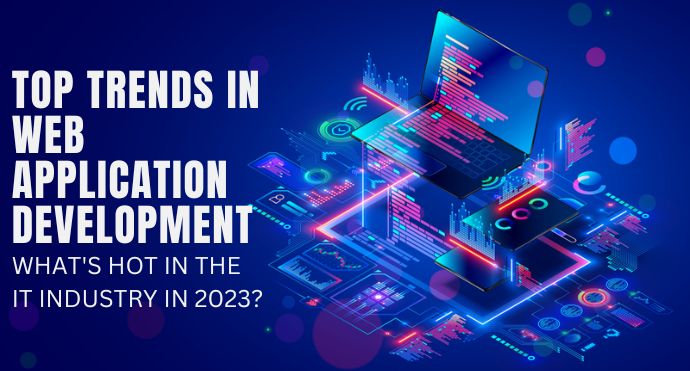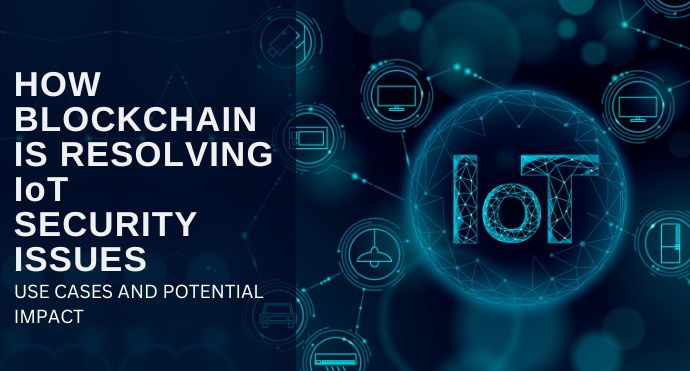The Internet of Things (IoT) is revolutionizing the way we live and work, and the utility grid is no exception. IoT-enabled solutions are being used to improve the efficiency, reliability, and security of utility grids around the world.
One of the most promising applications of IoT in the utility grid is smart metering. Smart meters are connected devices that can collect and transmit real-time data about energy consumption. This data can be used to optimize energy usage, identify and troubleshoot problems, and provide customers with more accurate bills.
Another area where IoT is having a major impact is in the monitoring and maintenance of power lines. IoT sensors can be used to collect data about the condition of power lines, such as their voltage, current, and temperature. This data can be used to identify potential problems before they cause outages, and to schedule maintenance more effectively.
IoT is also being used to improve the security of utility grids. IoT sensors can be used to monitor for unauthorized access to critical infrastructure, and to detect and respond to cyber attacks.
The potential benefits of IoT-enabled solutions in the utility grid are vast. By improving efficiency, reliability, and security, IoT can help to make the grid more sustainable, resilient, and affordable.
Here are some of the key benefits of IoT-enabled solutions in the utility grid:
Improved efficiency: IoT can help to improve the efficiency of the utility grid by reducing energy losses and optimizing resource allocation. For example, smart meters can help to identify and address energy leaks, and IoT-enabled devices can be used to control the flow of electricity in real time.
Increased reliability: IoT can help to increase the reliability of the utility grid by detecting and responding to problems more quickly. For example, IoT sensors can be used to monitor the condition of power lines and to predict outages.
Enhanced security: IoT can help to enhance the security of the utility grid by making it more difficult for unauthorized individuals to access critical infrastructure. For example, IoT sensors can be used to monitor for unauthorized access to substations and other sensitive locations.
Here are some of the key challenges to the adoption of IoT-enabled solutions in the utility grid:
Cost: The cost of deploying and maintaining IoT-enabled solutions can be a barrier to adoption.
Data privacy and security: The collection and transmission of large amounts of data raises concerns about privacy and security.
Interoperability: The different standards and protocols used by IoT devices can make it difficult to integrate them into existing systems.
Despite these challenges, the potential benefits of IoT-enabled solutions in the utility grid are significant. As the technology matures and costs come down, we can expect to see more widespread adoption of IoT in the years to come.
According to a report by the International Energy Agency, IoT could save the global power sector up to $200 billion annually by 2030. The report also estimates that IoT could reduce carbon emissions from the power sector by up to 2 gigatons annually.
Another report, by the consulting firm McKinsey & Company, found that IoT could enable a 10% reduction in electricity consumption in the United States. The report also found that IoT could create up to 2 million new jobs in the US by 2025.
These are just a few examples of the potential benefits of IoT-enabled solutions in the utility grid. As the technology continues to develop, we can expect to see even more ways to use IoT to improve the efficiency, reliability, and security of the grid.
Conclusion:
the integration of IoT-enabled solutions represents the next frontier in utility grid infrastructure. By harnessing the power of connectivity, utilities can achieve unprecedented levels of efficiency, reliability, and resilience. Real-time monitoring, dynamic load balancing, and improved asset management are just a few examples of the transformative benefits that IoT brings to the energy sector. However, it is crucial for stakeholders to collaborate and invest in robust cybersecurity measures and standardization efforts to fully realize the potential of IoT in our pursuit of a sustainable energy future.



